
Omnichannel Retail Defined:
Before you launch an omnichannel strategy, you must understand your sales platform options. Chances are, you already implement one of the following:
- eCommerce is a business model for online retail.
- Brick and mortar describes offline, in-store sales.
- Telephone retail is exactly what the title describes – product orders are processed over the phone.
Omnichannel retail combines at least two of the above sales models to provide more options for shoppers; it is a multi-channel sales approach. For the sake of relevance, this article will focus primarily on eCommerce and brick and mortar retail as part of an omnichannel strategy.
Why is Omnichannel Shopping Central to Modern Merchant Success?
Of course, giving shoppers more options leaves them in the driver’s seat, which modern consumers love. They want to be in control of their journey as a buyer. But, it may be surprising, just how beneficial offering multi-channel order options is for your business. Harvard Business Review recently shared some powerful statistics highlighting how an omnichannel approach can lead to success. Here are some of the key findings:
- Only 7% of people shop online only.
- Not surprisingly, 23% of people shop in-store only.
- A whopping 73% of shoppers use multiple channels to make purchases.
- Omnichannel shoppers spend more per transaction.
Satisfied buyers lead to a higher retention rate, increased sales, and greater success for you. Implement and omnichannel strategy to skyrocket your sales.
The Challenges
The customer journey is more complicated than ever because buyers are empowered on and offline to interact with brands before even considering purchasing a product or service.
This is what omnichannel marketing is: the practice of orchestrating consistent and personalized messaging to your customer as they move through the consumer journey, no matter how fragmented and non-linear it is.
This is How to Streamline Your Omnichannel Retail Processes
When creating an excellent omnichannel retail recipe, one of the key ingredients is automation. Because there are so many technical processes involved in eCommerce and multi-channel ordering, putting many of them on auto-pilot is a must.
Yes, consumers like the feeling of personalization, but they are also turned off by many mistakes caused by human error. By optimizing your automation strategy, you eliminate many potential mistakes, streamlining your omnichannel retail strategy. Here are the processes you need to automate and tools that will help.
Process #1: Broaden Your Online Sales Channels
Brick and mortar stores need to add eCommerce to their tactics to optimize their business model. eCommerce companies don’t always have the freedom to launch a brick and mortar store. What online store owners can do to broaden their sales channels is expand to offer their products on other online sales platforms. Omnichannel retail isn’t just a blend of online and offline sales.
As an example, take a look at these quadcopter drone skins on MightySkins’ branded website:
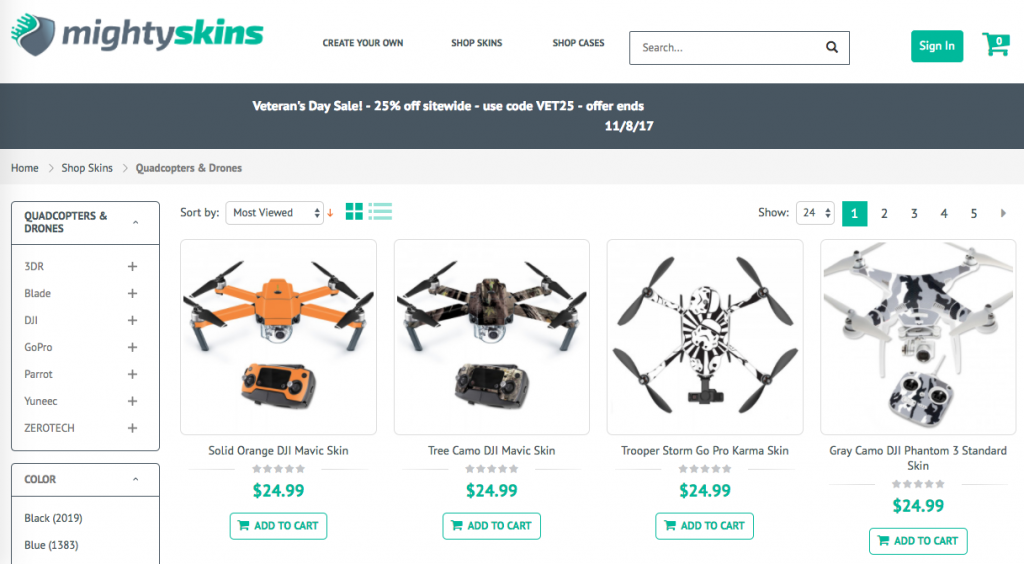

To broaden your online sales channels, you’ll need to first create a seller account on the secondary platform where you want your inventory to appear (in this case, Amazon). Use an eCommerce platform add-on like ChannelApe to Sync your inventory between platforms like Magento, WalMart, Shopify, eBay, BigCommerce, and more.
 Process #2: Integrate Your Point of Sale System for Each Channel
Process #2: Integrate Your Point of Sale System for Each Channel
All sales and order channels, off and online, should use an integrated POS system. If your eCommerce platform distributes a credit card terminal, order it, integrate it with your website, and use it for offline sales. This way, all of your order information as well as your available inventory (if your processes are fully-automated), will show the same in reports across channels.
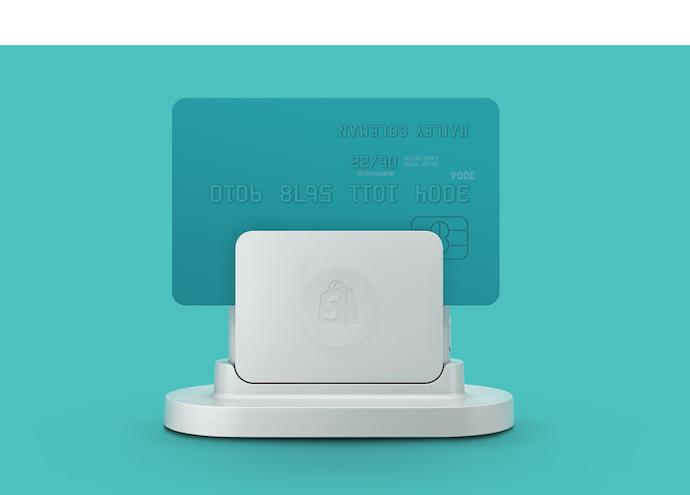
- Test offline payments through your eCommerce platform dashboard using your integrated POS system.
- Test online payments through your website’s front end.
- Run a test order through all other online platforms used (eBay, Amazon, etc.); this will ensure that all systems are integrated properly.
- Be sure not to fulfill any orders during testing because you will be charged for any shipping labels purchased.
Process #3: Leverage a Modern Inventory Management System
When selling on an online platform(s) beside’s your own website, it is critical that you use an inventory management system that integrates with all channels (ChannelApe is mentioned above, in Process #1). You can create your own manual system, but it’s a better idea for you to automate inventory management; this becomes increasingly valuable as you add additional sales avenues.
It’s shocking that up to 46% of small businesses either do not track their inventory or use a manual method. A model that doesn’t track inventory levels leaves no room to scale up to an enterprise level company. Not only do you need to know what’s available – you should be able to notify shoppers when supplies are low or out of stock.
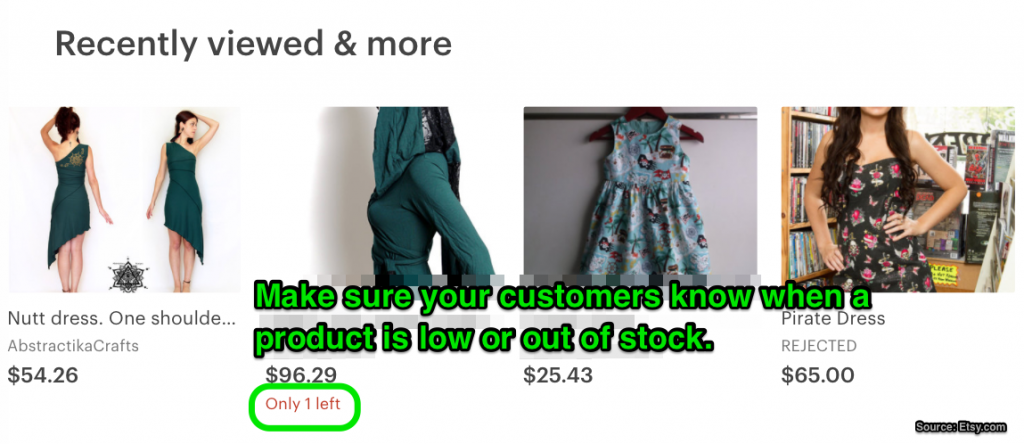
Process #4: Allow On-Page Product Reviews
One of the predominant traits of modern consumers is that they’re more likely to trust the opinions of their peers over the opinions of companies. So, they will read online reviews. 92% of consumers actually read product reviews before making a purchase. Offline shoppers often read online reviews before making in-store purchases.Make the shopping experience simpler by allowing on-page product reviews.
On-page reviews aren’t a standard option with most eCommerce platforms, so you’ll have to add a plugin or add-on to allow them. You may fear that customers could leave poor reviews, limiting your sales of a particular item. But, this is actually a valuable tool for you as well.
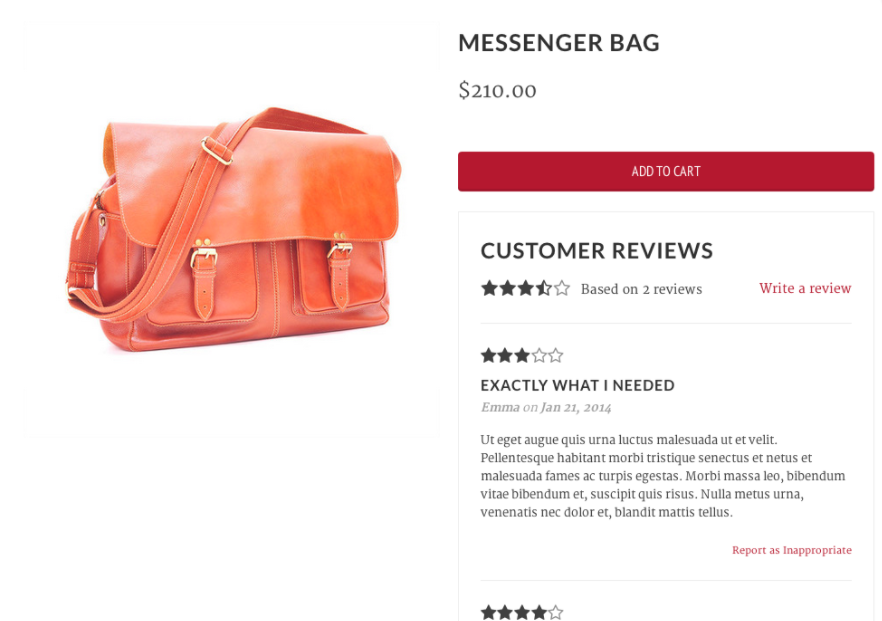
Process #5: Optimize Your Website and In-Store Sales for Mobile
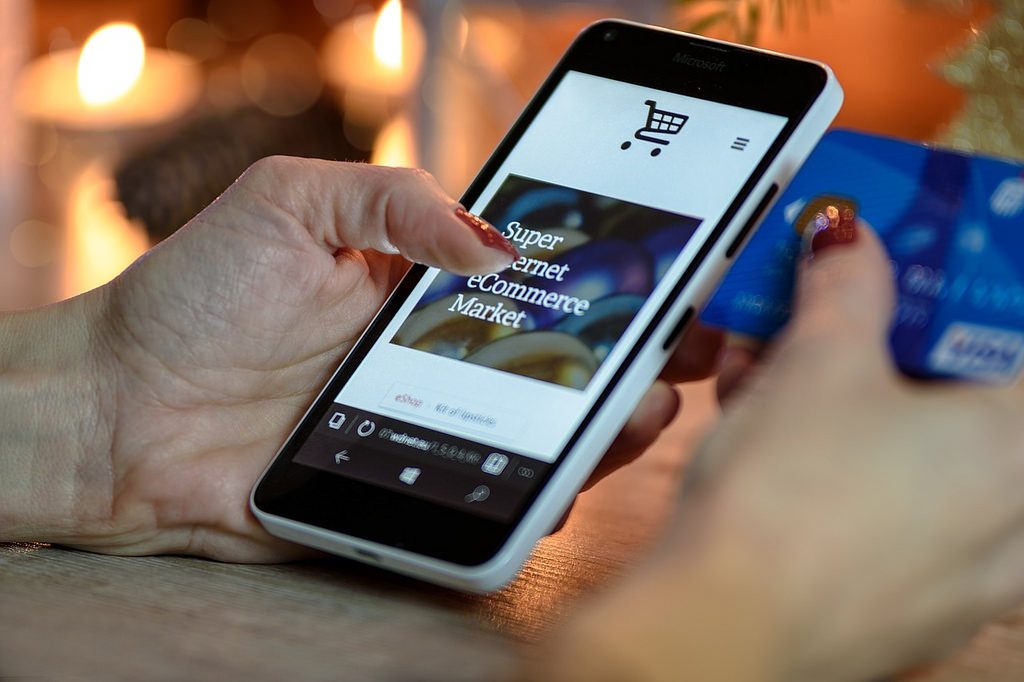
- Use a responsive website theme.
- Run regular page speed tests.
- Update your directory listings frequently.
- Maintain up-to-date location and contact information on your website.
Offline Mobile Optimization
Location and online business listings are central to an offline retail strategy because this is how brick and mortar shoppers will find you. Potential customers will conduct a search online. If your business appears in a mobile search, and the shopper is able to open your website to find out critical information about making a purchase, you’re likely to generate a sale almost immediately. As a matter of fact, 55% of mobile-influenced sales take place within one hour of the original search. So, update your online business listings frequently and make sure your website is ready for customers who want to find out more.
Online Mobile Optimization
When it comes to online sales, your business listings aren’t as crucial for success. What you need to give ample attention to is the UX of the shopping journey you provide. Customers want your images to appear properly on all screens, pages to load quickly, and your customer service representatives to be easily reachable. So, it’s your duty to optimize the eCommerce mobile experience.
Process #6: Utilize Customer Relationship Management Software
You need to keep your marketing and sales efforts/ teams on the same page. The simplest way to do this is through Customer Relationship Management (CRM) software.
CRM powers processes for the following departments:
- Sales
- Marketing
- Business Insights
- Customer Service
HubSpot Free CRM provides everything needed to organize, track, and nurture leads and customers. Effortlessly manage your pipeline, speed up sales, and stay organized. All of your sales are logged automatically and you can see everything you need about a lead in one unified dashboard to power marketing and sales efforts.
 Process #7: Automate Order Fulfillment and Logistics
Process #7: Automate Order Fulfillment and Logistics
Historically, retailers use(d) fulfillment and logistics processes that were extremely manual. Everything from choosing a shipping carrier to printing packing slips to acquiring and sending tracking information to customers was completed, item-by-item, by someone working in the shipping department. Modern software will save you time and money in all areas of logistics.
ShipHawk TMS 2.0 claims to reduce shipping costs by up to 25% by optimizing your supply chain and lowering shipping and fulfillment fees.
- Reduce labor costs.
- Reduce shipping costs.
- Automate fulfillment.
- Access higher quality data.
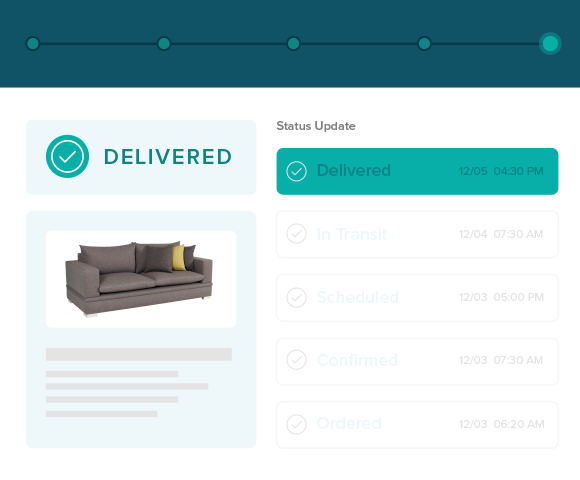
Process #8 Utilize 3rd Party eCommerce for Online Distribution
U.S. 2016: In-store sales shrank three percent while e-commerce sales grew 7.5 percent.
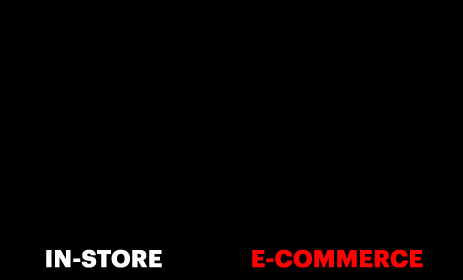
To succeed in an increasingly digital future, retailers need to recognize that routes to market are changing. The shift from brand loyalty to platform loyalty has forced specialized online retail companies to ask, How can I keep my customers loyal? Do I sell my products on my own website, or do I sell them through Amazon or another third party platform? They must adapt their online distribution strategy to embrace the opportunities presented by multi-brand e-tailers. Online retail companies are developing a proactive strategy for selling on sites like Amazon, participating in emerging platforms and engaging in social media. To support relationships with third-party e-tailers, brands need to improve their skills in analytics, campaign management, and search optimization, among others.
Conclusion
Omnichannel retail is a combination of more than one online and/ or offline sales channel. Companies with an omnichannel strategy are more successful than those who use only one avenue for processing orders. To launch a successful multi-channel sales plan, follow the processes listed above. And, to get the latest in digital marketing, sign up for the Vab Media Digital Agency’s mailing list.


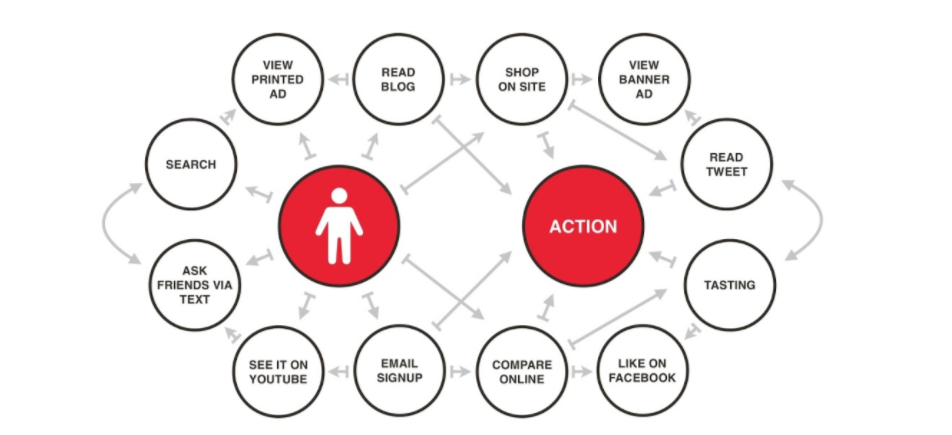
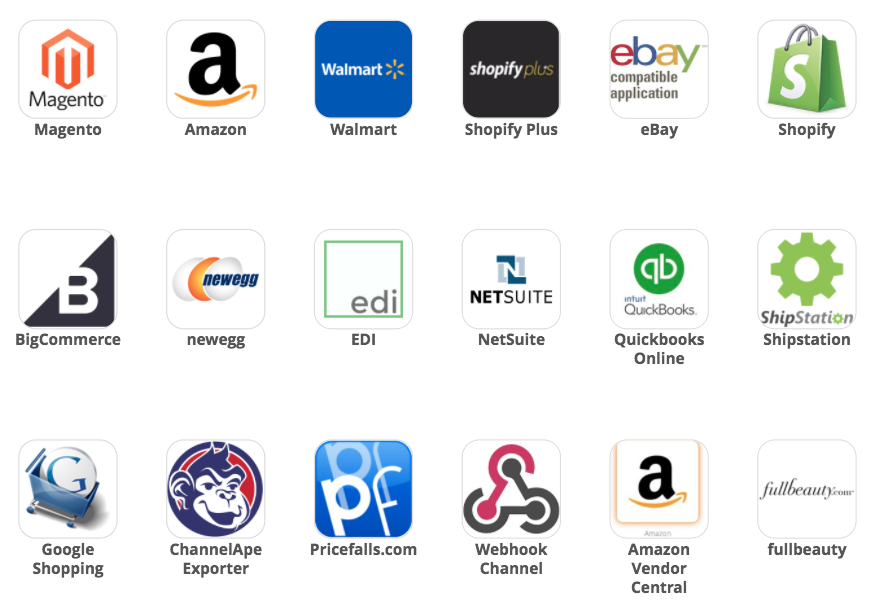 Process #2: Integrate Your Point of Sale System for Each Channel
Process #2: Integrate Your Point of Sale System for Each Channel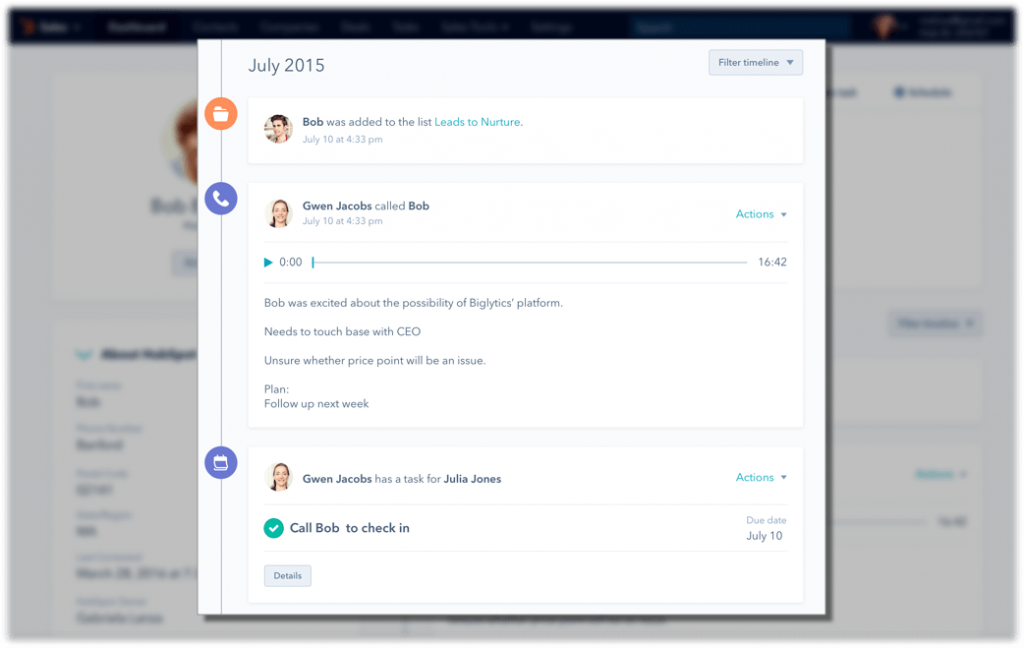 Process #7: Automate Order Fulfillment and Logistics
Process #7: Automate Order Fulfillment and Logistics


